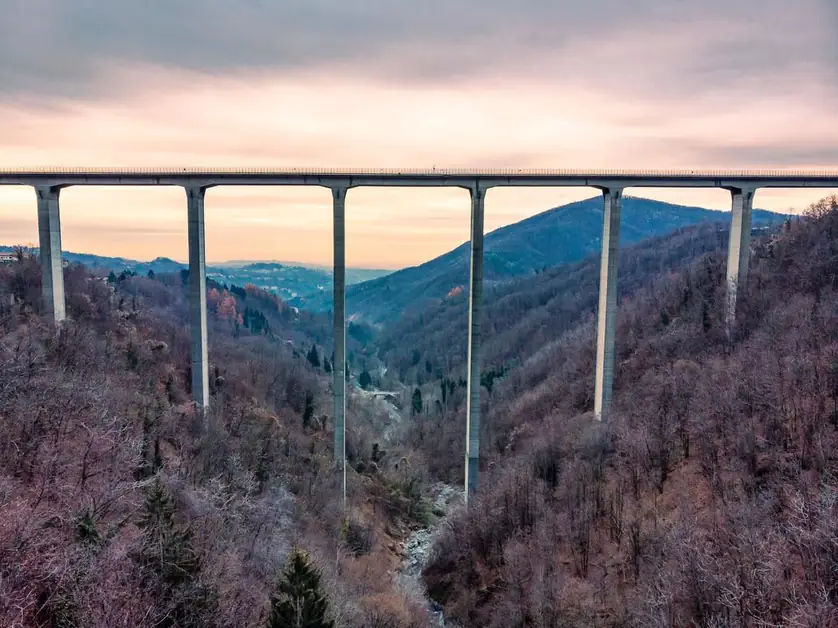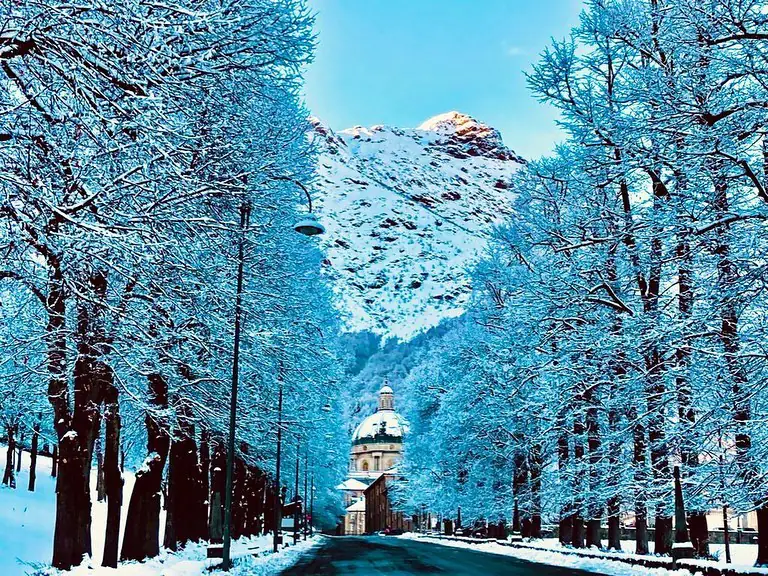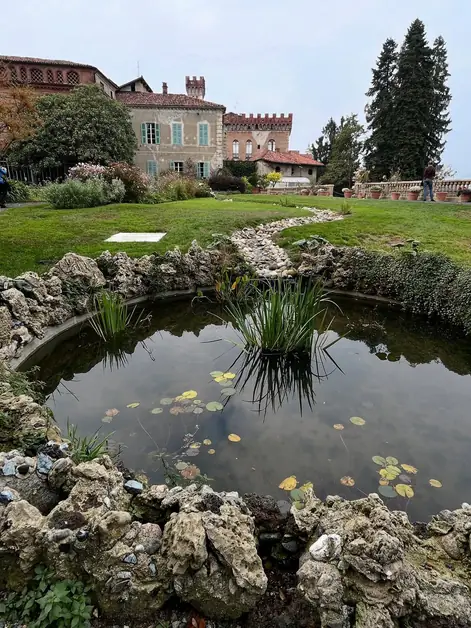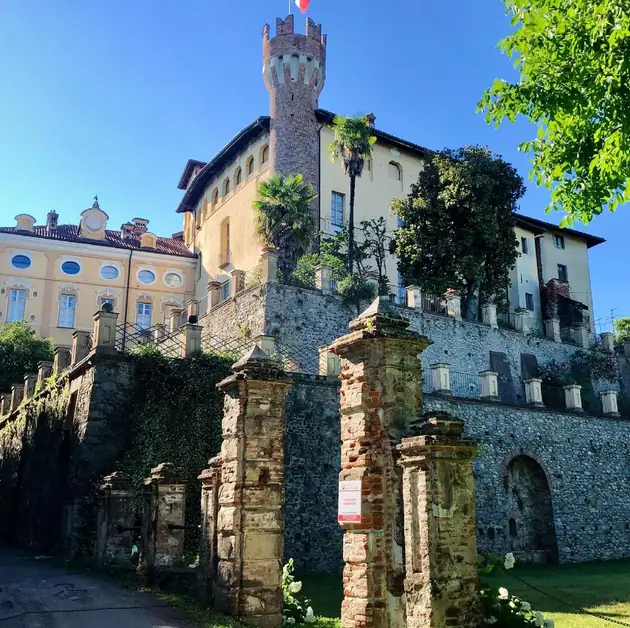The Pistolesa Bridge between adventure and natural beauty
The Pistolesa Bridge is an icon of engineering and adventure in Piedmont.

Where is the Pistolesa Bridge and why is it so famous?
The Pistolesa Bridge is located in Biellese, Piedmont, and connects the municipalities of Veglio and Mosso, spanning the deep valley of the Poala stream, a tributary of the Strona stream. It is an extraordinary work of civil engineering, 350 meters long and 152 meters high, dominating an unspoiled mountain landscape. Completed in 1973, it is still one of the highest bridges in Europe, and at the time of its construction, it was the highest in Italy. In addition to its architectural grandeur, the bridge is known throughout Italy as the site of Veglio's bungee jumping, the first permanent center dedicated to this extreme sport.
What is the history of the Pistolesa Bridge?
The bridge was built after the tragic flood of 1968, which destroyed a stretch of road connecting Veglio and Mosso. To restore the connection between the two municipalities, it was decided to build a modern viaduct capable of spanning the valley of the Poala stream with a single large arch. Construction began in the late 1960s and was completed in 1973, resulting in a masterpiece of engineering that is now also a tourist and sports attraction.
Why is it also called “Colossus”?
The name “Colossus” comes from the structure's grandeur and its international fame related to bungee jumping. In the 1990s, the Pistolesa Bridge became the first permanent bungee jumping center in Italy and one of the most spectacular in Europe. Since then, the name Colossus has become synonymous with adrenaline and courage, attracting athletes and curious visitors from all over the world.
What is the view like from the Pistolesa Bridge?
The bridge overlooks a green and unspoiled valley, offering a spectacular view of the Biellese mountains and the woods surrounding the Poala stream. From above, one can perceive the vastness of the landscape and the depth of the gorge below, a perfect setting for nature lovers and photographers. In autumn, the colors of the foliage make the panorama even more enchanting, while in spring the valley bursts into green and flowers.
What is the bungee jumping in Veglio and how does it work?
Bungee jumping from the Pistolesa Bridge is one of the most exciting experiences one can have in Piedmont. Since 1995, the “Colossus Bungee Jumping” center has been organizing jumps in total safety, with experienced instructors and certified equipment. The jump takes place from a platform located at the center of the bridge, at a height of 152 meters, providing unforgettable seconds of free fall. The experience is open to all adults in good physical condition and can also be done in pairs. It is possible to book the jump online or directly on-site during the summer season, when weather conditions allow. The center also offers the possibility to record the jump with a camera, to relive the adrenaline of the moment.
Who can practice bungee jumping at the Pistolesa Bridge?
Bungee jumping is suitable for those seeking an extreme experience in total safety. The minimum recommended age is 18 years, but younger individuals can participate with parental consent. No particular athletic preparation is required, but a good physical condition is necessary. The instructors at the center provide all the necessary information and assist participants at every stage of the jump. Many tourists choose this experience to try something unique and to admire the valley from an unrepeatable viewpoint.
Is it possible to visit the Pistolesa Bridge even without jumping?
Yes, the bridge is open to visitors all year round and is worth a stop even for those who do not intend to practice bungee jumping. One can walk along the viaduct, admire the view, and visit the open-air museum inaugurated in 2014, located near the bridge. The museum includes informational panels that tell the story of the bridge, from its construction to today's sports and tourism activities. It is an interesting visit for families, students, and enthusiasts of engineering or architecture.
How to get to the Pistolesa Bridge from Biella?
The bridge is about 20 kilometers from Biella. To reach it by car, follow the SP232 towards Valle Mosso, then the signs for Veglio or Mosso. The road is scenic and passes through small mountain villages, offering beautiful views of the valley. For those without a car, it is possible to arrive by bus to Mosso and continue on foot or by taxi for a few kilometers. There is ample free parking available near the bridge.
What to do around the Pistolesa Bridge?
In the surroundings, one can go hiking, nature trips, and photography trails. The area is perfect for those who love walking in nature, with trails winding through woods, streams, and ancient villages. A few kilometers away are the Sanctuary of Oropa, the Burcina Park, and the Castellengo Castle, ideal for those who want to alternate adventure and culture. During the summer, it is also possible to organize picnics or tastings of local products in nearby restaurants and agritourisms.
Where to sleep near the Pistolesa Bridge?
Those who wish to stay in the area can choose from agritourisms, B&Bs, and small hotels immersed in nature. In Veglio and nearby municipalities, there are cozy accommodations with views of the mountains and typical Piedmontese cuisine. For those seeking comfort and complete services, Biella offers charming hotels and relais easily reachable by car. Sleeping near the bridge means experiencing an authentic stay, surrounded by the silence and beauty of the Biellese landscape.
What to do in the evening in the area of the Pistolesa Bridge?
In the evening, after a day of hiking or adrenaline, one can dine in the typical restaurants of the valley, where they can enjoy polenta concia, local cheeses, and traditional Piedmontese dishes. In summer, the villages organize festivals, musical events, and outdoor evenings. For those staying in the area, it is also pleasant to simply admire the starry sky from the terrace of an agritourism, immersed in the silence of nature.


